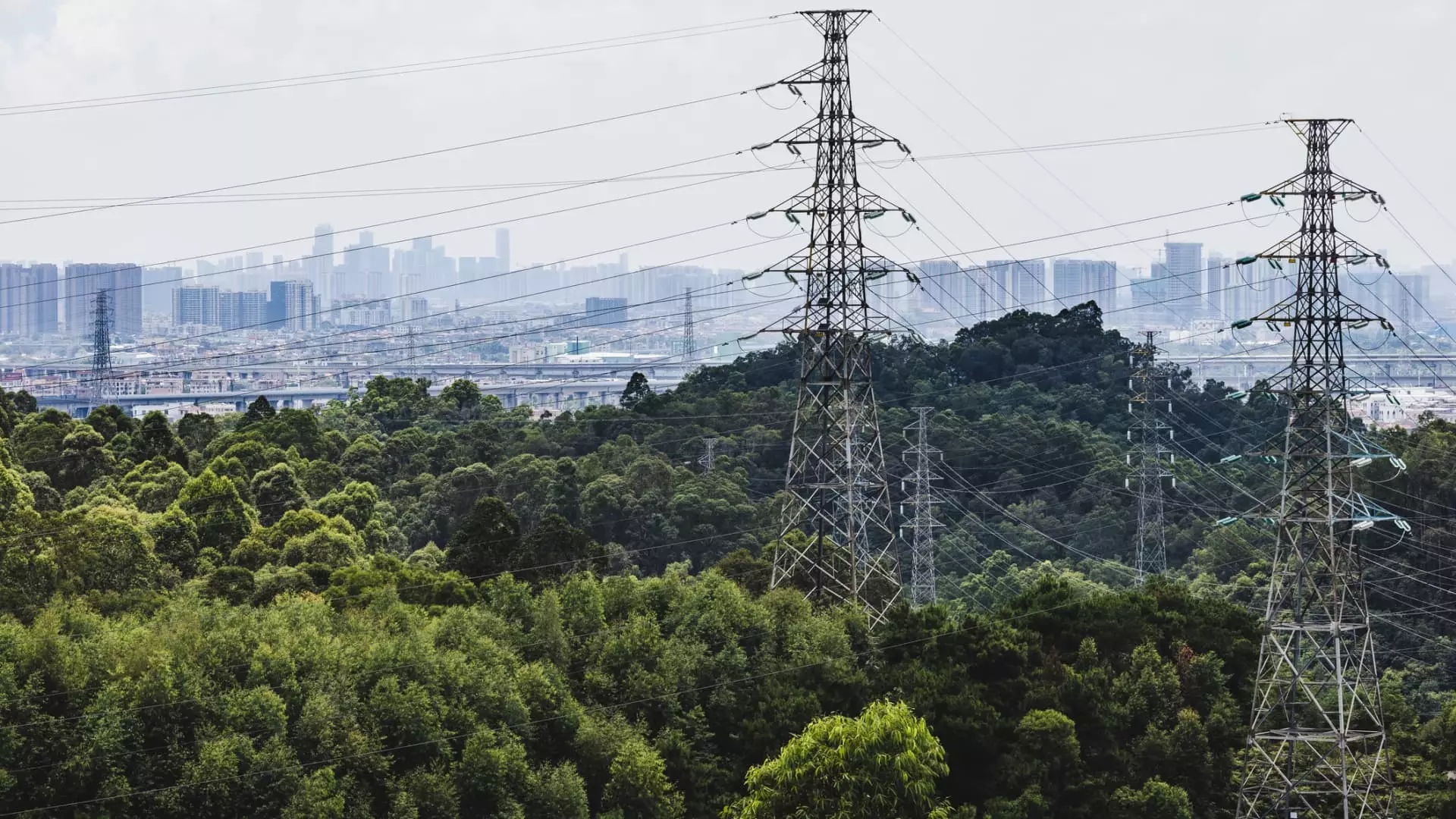The electricity market in the United States is bracing for a striking 24% increase in costs over the next few years, a startling trend that highlights the vulnerabilities in our energy sector. Though inflation has shown tentative signs of easing, households are grappling with the reality of skyrocketing electricity prices that threaten to strain budgets. A recent report indicated that in the last year alone, retail electricity prices climbed by 4.5%, nearly doubling the rate of broader inflation. This drastic increase is only the tip of the iceberg, and the worsening outlook is driven largely by the paradox of increasing demand amidst stagnant supply capabilities, a scenario ripe for criticism.
Demand Surges Amidst Limited Supply
The stark truth is that while demand for electricity continues to soar, our ability to generate and distribute this vital resource is lagging woefully behind. As pointed out by experts, including David Hill from the Bipartisan Policy Center, basic economics of supply and demand have taken center stage here. The U.S. energy infrastructure is crumbling; we are witnessing deactivation of older power-generating facilities without adequate replacements entering the grid. In a nation that prides itself on innovation, how have we allowed our energy infrastructure to fall into decay?
The consumer impact is palpable. According to data from the Energy Information Administration (EIA), the average American household is on track to shell out about $1,902 a year for electricity, an increase of $219 from just three years ago, assuming consumption remains constant. With the price per kilowatt-hour varying dramatically depending on region—41 cents in Hawaii versus 11 cents in North Dakota—it’s clear that some Americans are bearing a disproportionate burden. This disparity raises larger questions about equity within our energy consumption and policy-making.
The Alarming Role of Data Centers and Electrification
Surprisingly, much of the electricity price inflation can be attributed to surging demand from data centers, those vast warehouses crucial for cloud computing and artificial intelligence. Their appetite for energy has tripled, and estimates suggest they will consume up to 12% of the nation’s total electricity by 2028, up from 4.4% in 2023. The fact that we, as a society, are ceding so much control over our energy demand to a small number of corporate entities raises serious concerns. Is this what we envisioned for a greener, tech-driven future?
As businesses and households transition further into electrification—shifting towards electric vehicles and electric heat pumps, for instance—the cumulative demand on our already overstrained grid is expected to intensify. While these technologies are undoubtedly steps forward for energy efficiency, they create an environment that may inadvertently harm consumers in the long run, as infrastructure upgrades are too slow to keep pace with demand.
Infrastructure Issues: A Pressing Crisis
Infrastructure woes also loom large over the horizon. Aging transmission lines and increasing repair costs have left us vulnerable at a crucial moment. According to J.P. Morgan experts, the rate at which we are upgrading and expanding our grid is “stuck in a rut.” With delivery timelines stretching from just weeks in 2019 to two or three years today for essential transformer equipment, the ramifications are dire. Half of all U.S. transformers are reportedly at the end of their useful lives, requiring urgent attention.
In this context, the government’s role must come under scrutiny. The overdue insistence on transitioning away from fossil fuels—while noble—must not come at the cost of creating an infrastructure that can handle the demand. The increasing prices for both labor and materials further complicate building new facilities, leaving us in a precarious position.
The Path Forward: A Call for Action
As we stand united in a fight against climate change, let’s not lose sight of the practicality and economic realities we face. The misguided rush to destroy fossil fuel facilities without adequate alternatives has led to inflated costs that disproportionately affect those who can least afford it. A balanced approach that combines renewable energy innovations with robust infrastructure development is essential to ensure that the energy transition does not turn into an economic burden for everyday citizens.
Thus, it is imperative for policymakers to recognize the urgency of updating our electrical grid while judiciously managing transition strategies to renewable energy. The looming electricity crisis demands not merely a response but a revolution in energy policy that respects both our environment and our citizens’ pocketbooks. Failure to act not only jeopardizes energy security but also undermines the principles of equitable economic progress that should guide our nation’s future.

